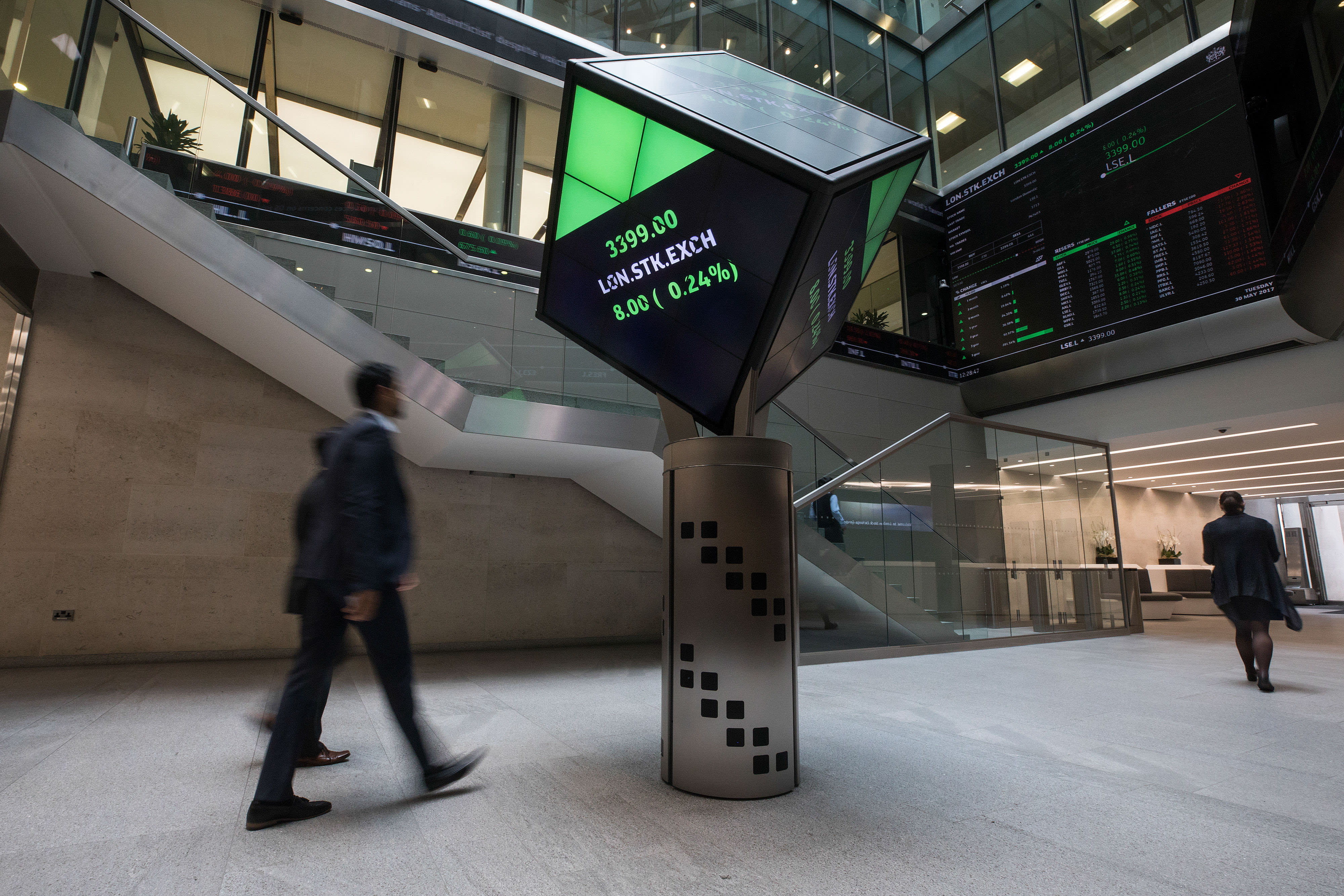Sustainability is taking centre stage, and it invariably travels under the banner of ESG.
It’s a positive development that environmental, social and governance considerations are climbing the agenda. At Baillie Gifford, we’ve long believed that a company’s business practices and broader impact are inseparable from its long-term prospects.
But as ESG becomes ubiquitous, is the broader investment industry making progress or a counter-productive mistake?
Death by data
The explosion of interest in ESG has been accompanied by efforts to measure and quantify it. That’s given rise to a new industry that tries to distil good and bad into numerical risk scores.
The inevitable danger is that the focus becomes risk and where a company is today rather than what might happen tomorrow and the opportunity that presents.
That isn’t to say that metrics are irrelevant or that poor environmental or social practices don’t threaten a company’s prospects. It’s just that when thinking about investing for the long term, looking forward matters more than looking back.
Quantitative methods tend to distract from the importance of qualitative assessment. They gloss over the complexity of the real world and the impossibility of applying one-size-fits-all policies to global portfolios.
Moreover, the obsession with risk tends to obscure the possibility that a company’s environmental or social impact might be the platform upon which it builds long-term success.
Recapturing ESG
There’s a natural alignment between a company’s sustainable activities, its long-term prospects and the long-term investment returns it provides to its capital providers. At Baillie Gifford, we believe in looking for those opportunities rather than obsessing on the risk.
One opportunity is to identify companies whose contributions to delivering a more sustainable future are intrinsically linked to their outsized growth potential. For example:
- Tesla revolutionising the world’s perspective on automotive electrification.
- MercadoLibre promoting financial inclusion in Latin America.
- Coursera improving access to education for elements of society left behind by traditional education structures.
Another opportunity is identifying companies such as ASML, the sole equipment maker capable of producing the world’s most advanced computer chips. Its sense of purpose and genuine appreciation of the long term are critical to its enduring success.
Look after your staff, and they’ll tend to work harder. Operate within the spirit rather than the letter of the law, and regulatory change is less likely to shock when loopholes close. Think carefully about the indirect consequences of your actions, and you are more likely to avoid scandals and reputational damage. Take a chance on long-term innovation that challenges the status quo, and you are more likely to lead your industry and deliver transformational growth.
These benefits may not be easily measurable when costs are first incurred. But they tend to become significant if you stretch your time horizon.
The final opportunity is engaging with ESG laggards. The cement manufacturer that needs to accelerate investment in zero-emission technologies, perhaps, or the clothing manufacturer that needs to improve oversight of its supply chain.








